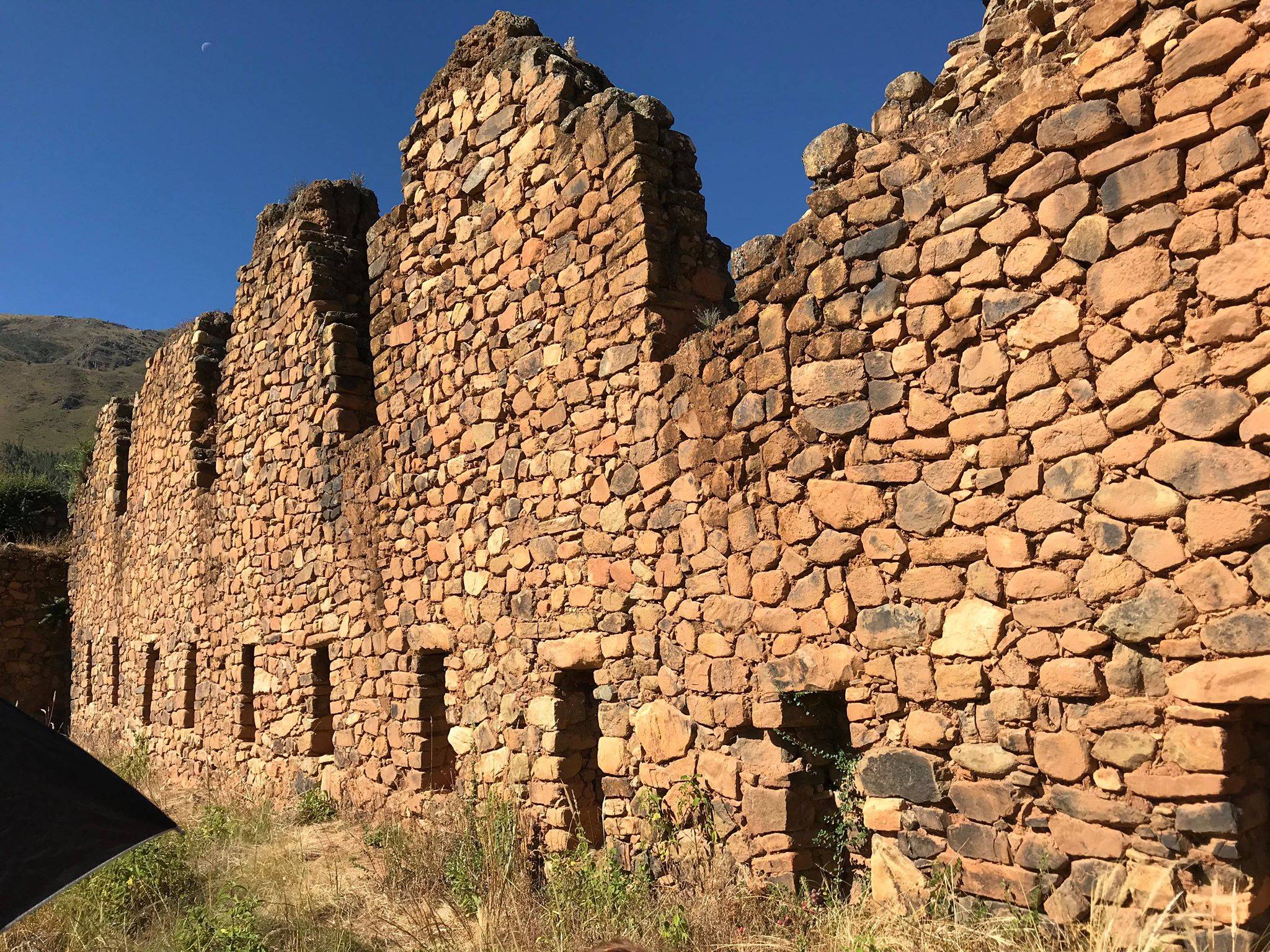Inkallaqta: A Monumental Inca Site in Central Bolivia
Inkallaqta, also known by various spellings such as Incallacta, Incallajta, Incallakta, Inkallajta, and Inkallakta, stands as a monumental testament to the architectural and cultural prowess of the Inca civilization. Located in the Cochabamba Department, Carrasco Province, Pocona Municipality of central Bolivia, approximately 130 kilometers east of Cochabamba, this site offers profound insights into the Inca’s ceremonial practices and their architectural ingenuity.
Get your dose of History via Email
Historical Significance and Excavation
The site of Inkallaqta was most recently excavated by Larry Coben, who posits that it served a significant role in the performance of rites for the Inca ceremonial calendar. This interpretation is supported by the presence of several key structures within the site, each contributing to our understanding of Inca religious and social practices.
Key Structures at Inkallaqta
The Kallanka
One of the most remarkable structures within Inkallaqta is the Kallanka. Excavated in 2001, it was the largest single-roofed room in the Western Hemisphere at the time of its construction around 1500 AD. Measuring 78 by 25 meters, with a far wall standing over 40 feet high, the Kallanka’s roof was supported by 24 enormous columns, each with bases two meters in diameter. This architectural marvel underscores the Inca’s advanced construction techniques and their capacity to organize large communal spaces.
The Ushnu
Adjacent to the Kallanka’s center door lies an ushnu, or ritual platform, shaped like an inverted step pyramid with a rock located at its center. This platform would have allowed a speaker to be visible from anywhere in the large plaza in front of the Kallanka, indicating its likely use in public ceremonies or announcements.
The Torreon of Inkallaqta
At the western end of the site, the Torreon of Inkallaqta presents a crenellated, six-faced structure previously thought to hold calendrical or astronomical significance. However, recent research has called these interpretations into question, suggesting the need for further study to fully understand its purpose.
Protective Zigzag Wall
A zigzag wall, reminiscent of Sacsayhuaman in Cuzco, is located on a hill immediately north of Inkallaqta’s monumental core. This wall marks and protects one of the two major entrances to the site, featuring a baffled entrance that requires indirect access, further emphasizing the strategic planning involved in the site’s layout.
World Heritage Status and Cultural Impact
Inkallaqta was added to the UNESCO World Heritage Tentative List on July 1, 2003, in the Cultural category, recognizing its significance as a monumental Inca site. Additionally, the site has inspired cultural works such as the opera “Incallajta,” the first Bolivian opera, which premiered in La Paz, Bolivia, in 1980. This opera, with a libretto by Norma Méndez de Paz and music by Atiliano Auza León, pays homage to the ruins and was reinstated in September 2010 in Cochabamba in honor of the city’s Bicentenary.
Conclusion
Inkallaqta stands as a monumental testament to the Inca’s architectural, cultural, and ceremonial practices. Through ongoing archaeological research and cultural commemorations, the site continues to offer valuable insights into the Inca civilization and its enduring legacy in the Andean region.

